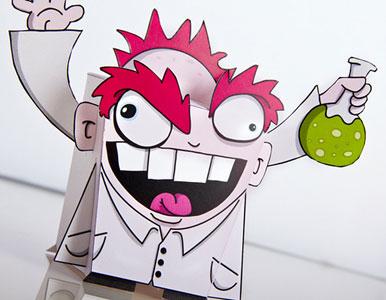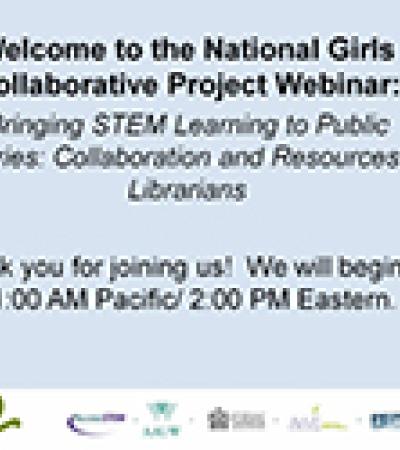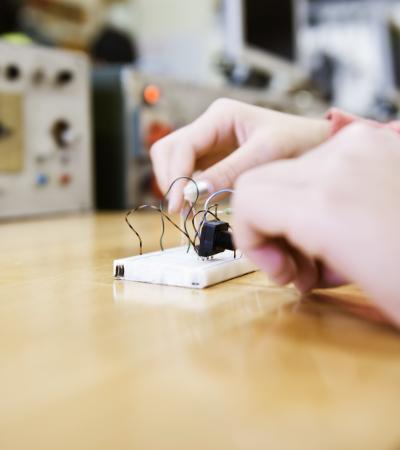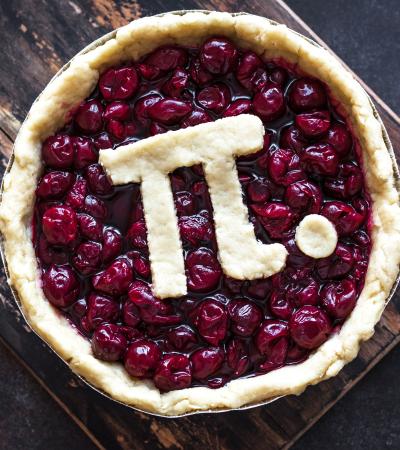
I admit that, during my high school years, I only reinforced the stereotype that girls are not good at math and science. (In fact, saying I was “not good” is probably being too kind; my chemistry teacher would likely suggest “utterly hopeless” as more accurate.) I can’t help but wonder what might have been, however, if I had had Science in the Summer at my library as a child.
The program is sponsored by GlaxoSmithKline and administered by the American Association for the Advancement of Science in partnership with local libraries. In the greater Philadelphia area, the program features classes designed to get kids excited about science through hands-on experiments. And apparently it works. In an online newspaper article, Jeanne Clancy, head of youth services and Chester County Library coordinator in Exton, commented, “Every year we do this, the response has been very, very positive. The kids can’t stop talking about how much they learn and their favorite experiences. They can’t wait to come back.”
So what can children learn about? According to the course descriptions on the program’s website, this year they can discover:
• Oceanography. The sea holds many secrets. Students in Oceanography will discover these secrets using microscopes, microviewers and magnifying glasses. They will observe microscopic sea life such as animal plankton and zooplankton. Students will have a chance to touch, draw, and learn about many different kinds of sea life including sponges, coral, jellyfish and mollusks. They also will learn lots of information about sharks. Students will examine prehistoric shark teeth and a shark’s jaw with its rows and rows of teeth.
• Genetics. Our DNA holds many pieces of information about who we are. Students in Genetics will conduct interesting investigations to learn more about human chromosomes and genes. Students will build a cell, extract DNA from a strawberry, examine their fingerprints, and construct a DNA molecule.
• Chemistry. The exciting world of Chemistry awaits students. Through lots of fun activities, they will learn what matter is and that it is not always the same. The young chemists also will observe physical and chemical changes. They will turn pennies into gold, make crystals, and watch raisins and popcorn dance. Students will decide if substances are acids, bases, or neutrals by using litmus and pH papers and a universal indicator.
• Bioscience. Explore the world of one-celled and many-celled living things using microscopes and magnifying glasses in Bioscience. Students will examine plant and animal cells and discover how they are similar and different. In addition, the young biologists will make their own slides to observe microscopic animals, onion cells, and aquatic herbs, as well as dissect a flower and examine each part. Students also will learn about bacteria (germs!)—other microorganisms studied by biologists. They’ll find out why some bacteria are helpful and others are harmful.
• Physical Science/Electricity. How do magnets work? What is a magnetic force field? What makes electricity? Students in Physical Science/Electricity will learn the answers to these questions and many more. They will learn about magnetism, static electricity, electrical currents and circuits. Students will make a compass and an electromagnet and use an electrostatic generator—a truly hair-raising experience!
Even I think these classes sound fun. (Except for the chemistry one, of course.) What programs do you offer at your library to encourage math and science skills? Have you developed partnerships to help provide these kinds of programs?



